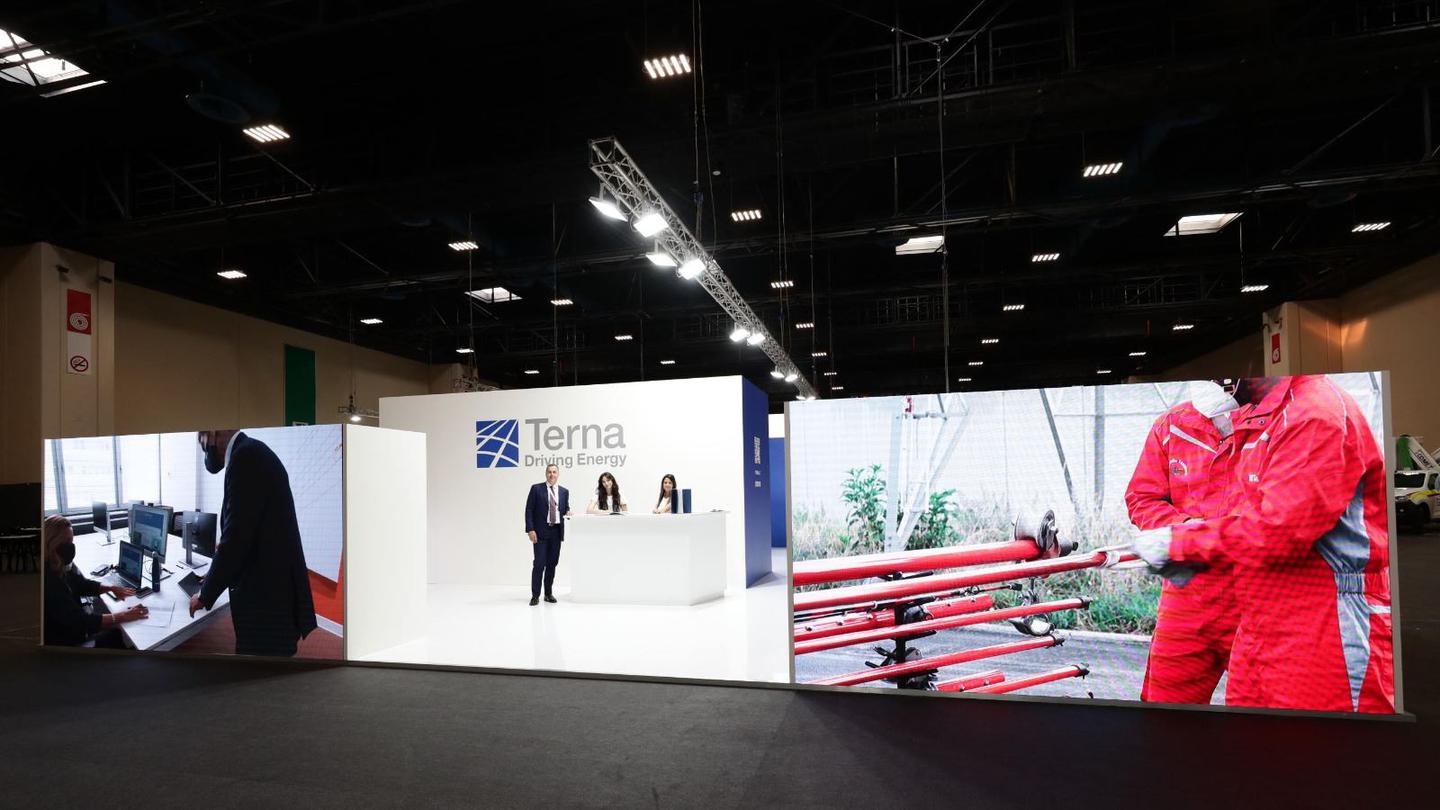The international conference on live line maintenance is here. The event has been held every three years since 1992 by one of the member countries of the LWA (Live Working Association), founded in the nineties by European operators with the aim of monitoring the condition of live line working, which increasingly requires specialist and innovative skills: after all, the work takes place on the electricity grid without ever interrupting the flow of high-voltage electricity. This year Terna, as the Italian representative of the LWA, has accepted the baton from the French operator RTE and will host the thirteenth edition of the ICOLIM conference at Lingotto (Turin) from 15 to 17 May. This major event was originally scheduled for 2020 (the title of this year's conference is "Icolim 2020") but was postponed due to the pandemic. The conference will be attended by institutions, academics, grid operators, distributors, electricity companies, heads of department, engineers, researchers and naturally electricity technicians to discuss the evolution in the sector and its impact on the electricity system.
We asked Alessandro Trebbi, Head of Asset Management at Terna, what it means to be the host of the 2020 edition of Icolim, who explained to us what live line working actually means. «When managing the high-voltage grid there are two ways to approach maintenance: the conventional way, where the asset is not supplied with electricity (the connection is broken); and "live line" working, when you work on the wires or pylons when they are actually transporting high and high-voltage electricity through the National Transmission Grid managed by Terna». Live line maintenance enables works to be carried out without breaking the electricity current, enabling faults to be prevented and thus avoiding outages for customers.


